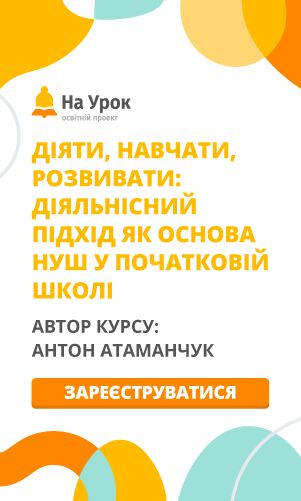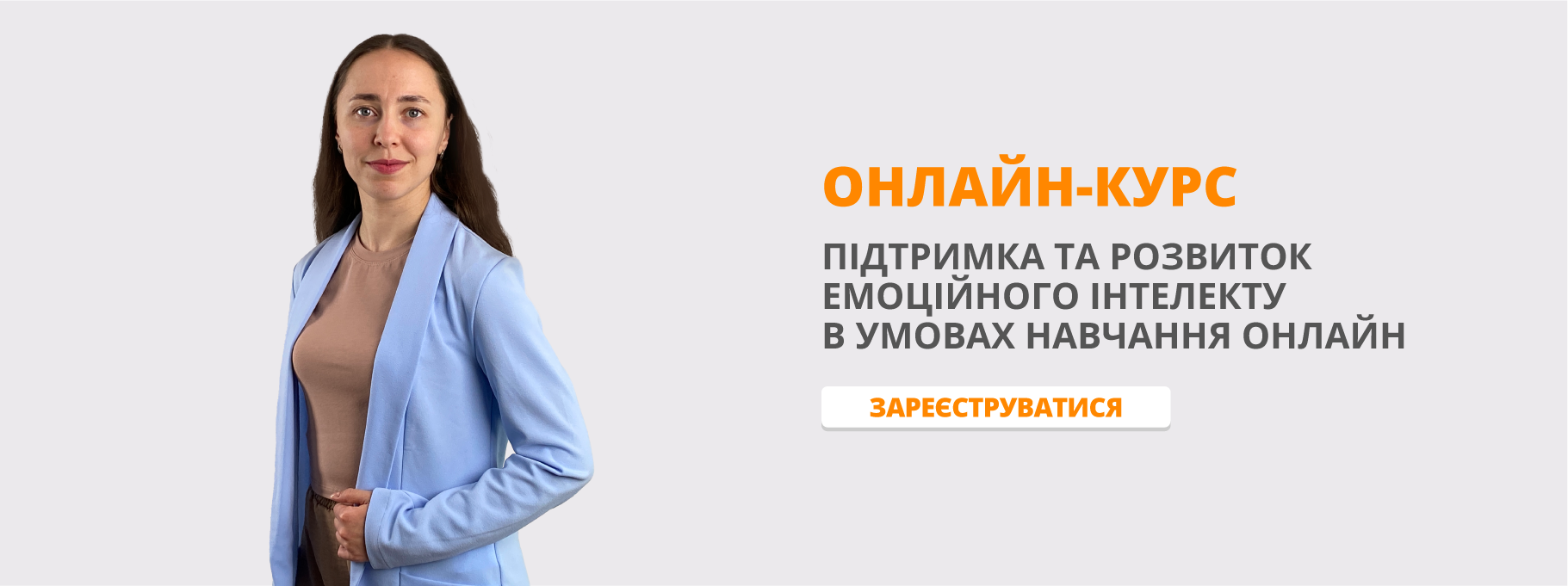Урок "Відвідування музею, виставки, галереї"
Тема. Відвідування виставки, музею та галереї.
Мета: збагачувати словниковий запас по темі, удосконалювати навички читання, аудіювання, говоріння; розширювати знання студентів про відомих художників, історію створення відомих картин, відомі музеї та галереї. Виховувати пізнавальні інтереси, любов до мистецтва.
Обладнання: матеріали для виконання вправ та читання, презентація картин та портрети відомих художників
Хід уроку
- Вступна частина
1). Warming up
T: Dear friends, today we'll continue to study the topic “The World of Painting". The quotes describe the importance of the whole process for a person called painter.
These quotes reflect the painter's energy. It includes labour, material and equipment; drying and protection of the painted surfaces and property.
It may also be a series of operations that includes surface preparation, pretreatment, and application of paints to surfaces, whether in the shop or in the field. Do you know any painting quotes or proverbs?
(Students read the quotes)
"The fellow mixes blood with his colours."
Guida Rent
"Painting with all its technicalities, difficulties, and peculiar ends, is nothing but a noble and expressive Jaîiguage^mvaluabie as the vehicle -of; thought, but by itself nothing,"
John Raskin
"Every artist dips his brush in his own soul, and paints his own nature into his pictures."
Henry Ward Beecher
"A man paints with his brains and not with his hands."
Michelangelo Buonarroti
"Painting is just another way of keeping a diary."
Pablo Picasso
"Painting is silent poetry; and poetry is painting with the gift of speech."
Simonides
"Every time I paint a portrait I lose a friend."
John Singer Sargent
"The painting has a life of its own. I try to let it come through."
Jackson Pollock
"There are painters who transform the sun to a yellow spot, but there are others who with the help of their art and their intelligence transform a yellow spot into the sun."
Pablo Picasso
"A picture is a poem without words."
Confucius
2. Основна частина
2.1. Discussion.
T: Art is actually all around you, in every shape and form. Many people prefer going to museums to watching TV. Why do people go to museums and art galleries? (Students ask and answer the questions)
1. Why do people go to museums or galleries?
2. Which famous museums do you know?
3. Which of them have you visited?
4. Exposition of which museum would you like to see?
5. What makes people create works of art?
6. What makes people collect them?
7. What makes people go to see them in museums and
other places?
2. 2. Listening
Before listening
T: If you have never been to museums you have missed a lot. What did you miss? A number of things: from ancient books in Ireland to modern architecture in Spain.
Let's go to the museum. Do you know where they are? Match the famous museums with their home places.
|
The National Gallery |
|
|
Moscow |
|
The Museum of Western and Oriental Art |
|
|
London |
|
The Museum of One Street Exhibition Hall |
|
|
Kyiv |
|
The State Tretiakov Gallery |
|
|
Kyiv |
|
The Louvre |
is |
in |
Rome |
|
The Uffizi - Renaissance Art Hall of Fame |
|
|
Madrid |
|
The Prado |
|
|
Florence |
|
The British Museum |
|
|
London |
|
The Vatican Museum |
|
|
Paris |
T: Look at the following pictures. They are the reproductions of famous painters. But they are cut out into 5 pats. Can you glue these parts together to save them?
(Students work together to understand what pictures these re and glue to make them complete)
T: What pictures are they? Do you know what museum keeps them?
(The pictures are reproductions of Kyiv Museum of Western and Oriental Art)
While listening
T: Listen to the text and be ready to answer the question who the museum was named after?
KYIV MUSEUM OF WESTERN AND ORIENTAL ART
The Museum, of Art named after Bohdan and Varvara Kharienko was founded in 1919 on the basis of their private museum. The museum is also called the Museum of Western and Oriental Art. Now it keeps one of the best collections of foreign art in Ukraine.
From 1919 the number of exhibits has been more than 13 times increased. Visitors can view many remarkable samples of foreign art: Ancient Greek, Roman, Italian, French, Spanish, Flemish, Dutch, Japanese, Chinese, Turkish, Egyptian, etc,
Famous founders of museum's collections were Bohdan Khanenko and his wife Varvara. They always dreamt to open the public museum of art. In Kyiv, Finally their dream came true.
The collection of the museum consists of 25 thousand 'of exhibits and is considered to be the biggest foreign art collection in Ukraine,
Among the museum's collection there are real fine ail masterpieces. There is, for example, the world-famous work of Diego Velazquez, The Portrait of Infanta Margaret, located in the Spanish hall of the museum.
The famous portrait appeared in Kyiv after Bohdan Khanenko had purchased it in Berlin on the sale of Hamburg council Weber’s collections. The presentation of the painting in Kyiv was arranged very mysteriously.
Khanenko hadn't informed the guests of the banquet about the true reasons. When the curtain was taken away from Velasquez’ masterpiece, the audience was really impressed. The picture created a real excitement in cultural life of that time Kyiv.
The building of the museum was constructed under the project of a famous architect from Saint Petersburg F Meltzer in the 80s of the 19th century. Then it was reconstructed and decorated several times according to the plans of the Khanenko family.
This building is considered to be the shell and the architectural addition to the great art collections of the Khanenko family.
So, Kyiv Museum of Western and Oriental Art is famous not only in Ukraine but also for abroad.
2.3. Group work
T: You have visited the Museum of Western and Oriental Art virtually. Write an acrostic describing the founders of the museum or your impressions after seeing real fine art masterpieces.
Read it in front of the class. (Students write and read the acrostic)
K______________________________________________________________
H______________________________________________________________
A______________________________________________________________
N______________________________________________________________
E______________________________________________________________
N______________________________________________________________
K______________________________________________________________
O______________________________________________________________
M______________________________________________________________
U_____________________________________________________________
S______________________________________________________________
E______________________________________________________________
U______________________________________________________________
M______________________________________________________________
2.4. Speaking.
T: Act out a dialogue with a partner about visiting the Museum of Western and Oriental Art according to the plan.
The tasks for student 1:
- mention the time, place and street where this museum is located;
- say what pictures and drawings you saw in it;
- what impressed you most of all;
- give your advice as for visiting.
The task for student 2:
- try to find out opening hours;
- ask the names of the artists your friend saw in the museum;
- thank for the information.
2.5. Writing
T: Write .an essay about the importance of arts and painting in our lives. Start your essay with the words "If not Bohdan and Varvara Khanenko...”.
2.6. Grammar point
T: It's high time to refresh grammar material and train it in practice. Why do we use the Past Perfect tense? Give the examples, please.
(Students revise the rule and read the sentences.)
T: When is the Past Perfect Continuous tense used?
T: Look at the board, read and complete the sentences according to grammar rules you'd revised.
1. They_________(paint) for a few hours before their parents arrived.
2. They ______________ (mix colours) for a few minutes before their friends came in.
3. They______________ (look through the large book of masterpieces) for a few days before they visited the Louvre.
4. They_______________(be) amazed. They___________(see, never) such a beautiful canvas.
5.________ John___________ (be) upset because his picture___________ (not display).
6. The exhibition ____________(already, start) when we __________ (arrive) at the museum.
Key: 1. had been painting; 2. had been mixing colours; 3. had been looking through the large book of masterpieces; 4. were, had never seen; 5. was, had not been displayed; 6. had already started, arrived.
2.7. Reading
Museums and art galleries of London
London is very rich in museums and art galleries.
If you are fond of painting you'll go to the Tate Gallery. A rich sugar manufacturer Henry Tate founded it in 1897. There are about 300 oils and 19000 watercolours and drawings. There are many works by the English painter William Turner there. Most of his paintings are connected with the sea theme. There are a lot of paintings by the 16-th century English artists and paintings by foreign artists of the 19-20-th centuries. There are some paintings by impressionists there. You can see works by modern painters: Pablo Picasso among them. There are many interesting sculptures there. Henry Moor's can be seen there. He was a famous British sculptor. The National Gallery is one of the most important picture galleries in the world. The Tate Gallery is the most necessary compliment to the National Gallery as it contains contemporary works particularly by English and French masters.
The British Museum is the largest and richest of its kind in the world. It comprises the national museum of archaeology and ethnography and the national library. The present building was built in 1852. By law a copy of every book, periodical and newspaper, published in Britain must be presented in the British museum. It contains books and manuscripts: Greek, Roman, British and Oriental antiques. It has a department of Ethnography. This collection is so vast that only a very small percentage of it is on show to the public. There's also a department of prints and drawings. There're departments devoted to maps, coins, medals and philately. Those who come to the British museum can see a fascinating array of clocks and watches.
Cultural life of London would be impossible without the Royal Albert hall, the Royal Festival hall, the National theatre and a great number of museums: the Victoria and Albert museum, the Geological Museum, the Museum of Mankind, Natural history museum and others.
2.8. Speaking
Let`s speak about London museums and galleries.
What famous galleries can you name?
What exhibitions we can see at the Tate Gallery?
What is the largest museum in London?
What can we see here?
3. Заключна частина
3.1. Підсумок уроку
T: Our lesson of virtual visiting the museums is coming to an end. What did you like most of all in today's lesson? (Students answer.)
T: I liked your work during the lesson. I think you have known a lot of interesting things about artistic traditions of Ukraine, the Museum of Western and Oriental Art in the capital, and the family of the Khanenko.
Remember a very popular proverb "There are painters who transform the sun to a yellow spot, but there are-others who with the help of their art and their intelligence transform a yellow spot into the sun".
I wish you to enjoy the life and its beauty. Transform a yellow spot into the sun, a green spot into the grass and a blue colour to paint the sky blue!
3.2. Домашнє завдання
Your home task for the next lesson is to write the composition “My last visit to the museum or to the gallery”


про публікацію авторської розробки
Додати розробку
